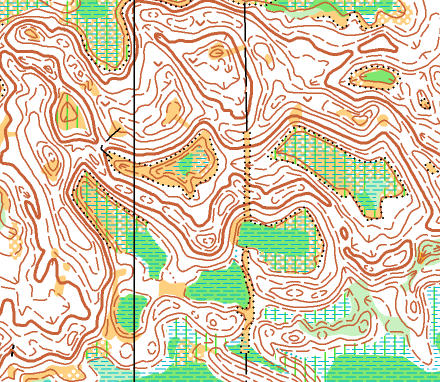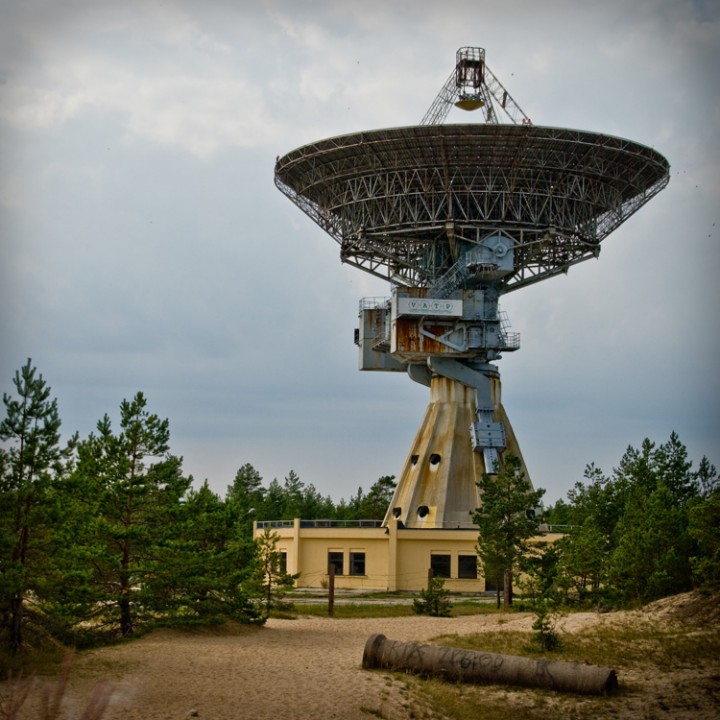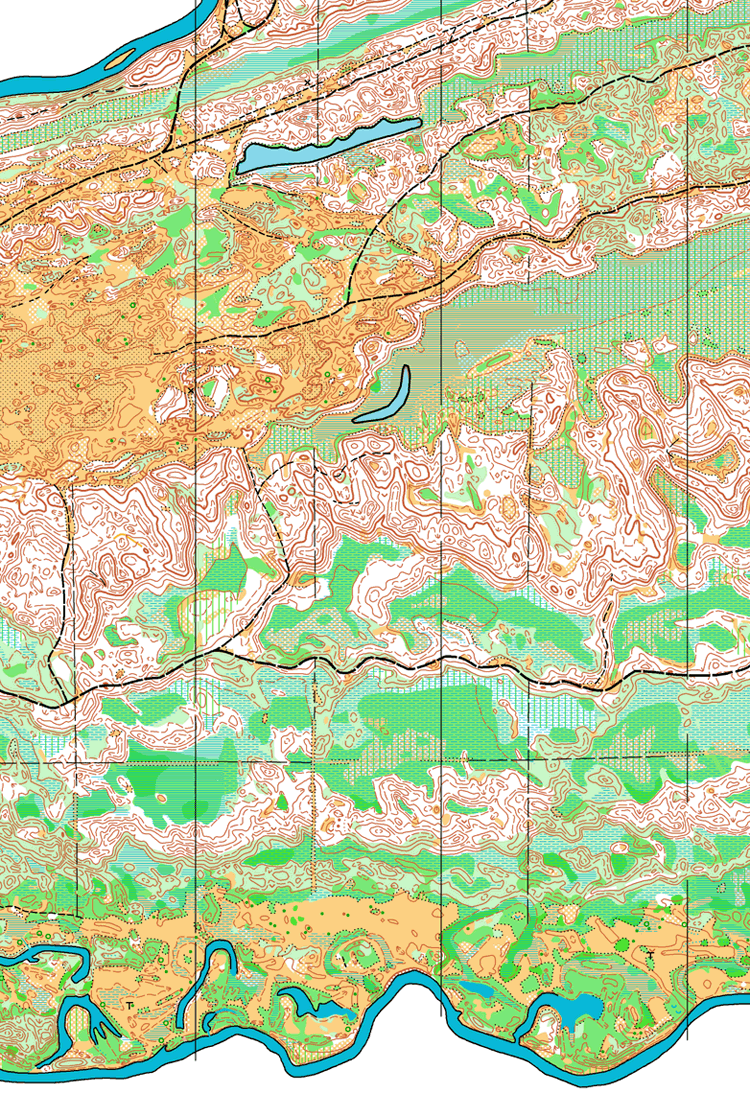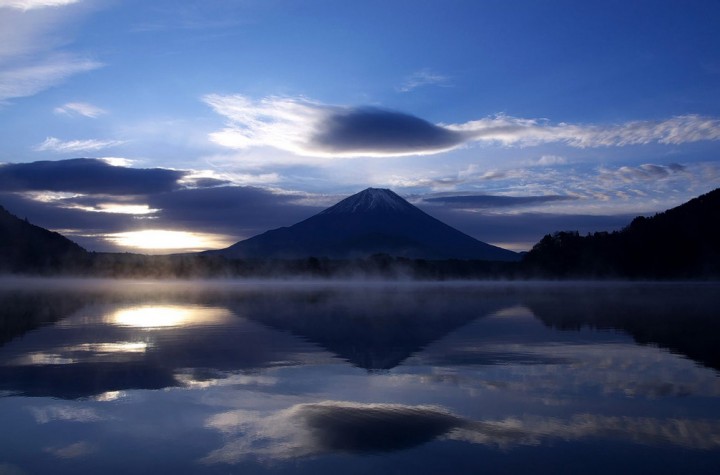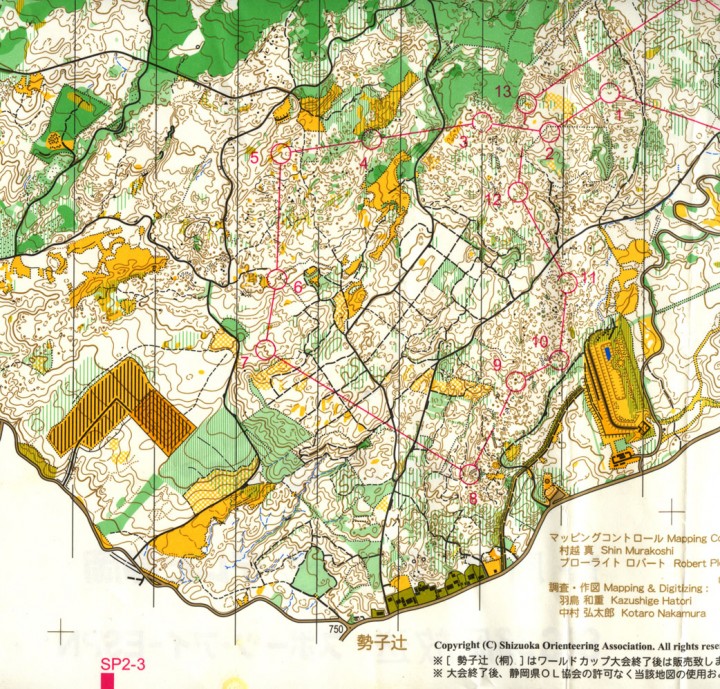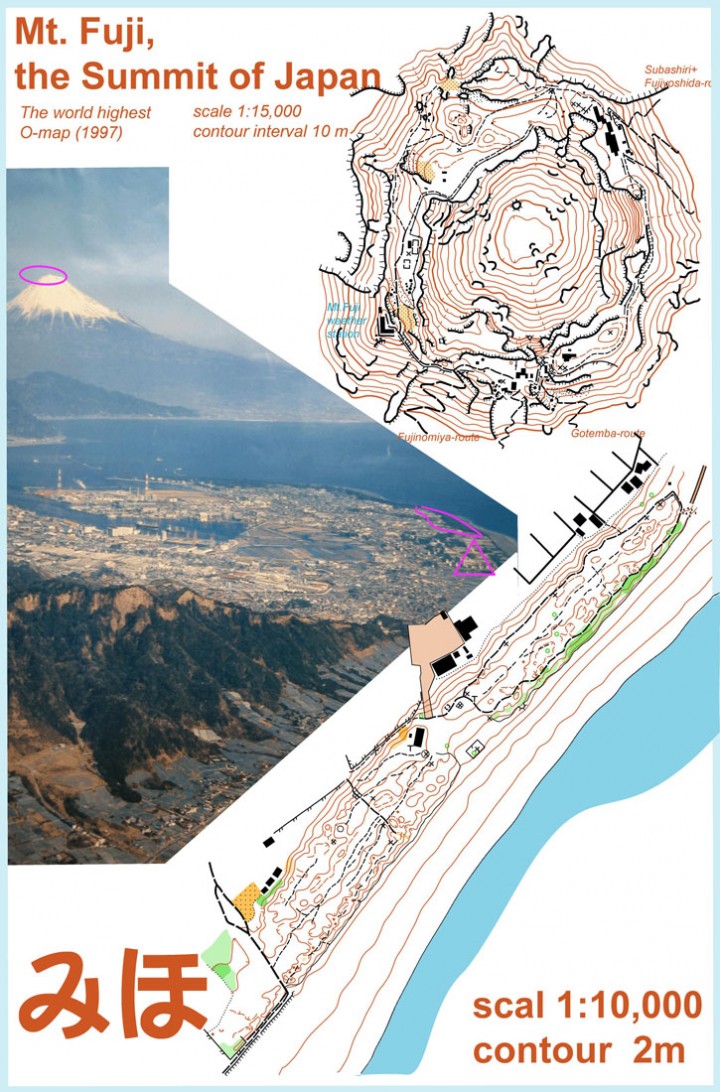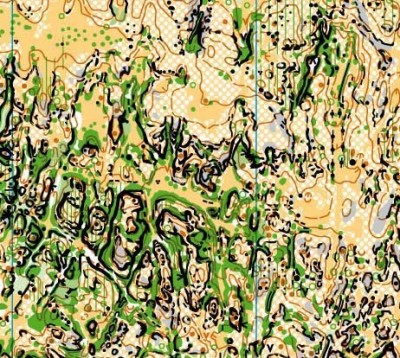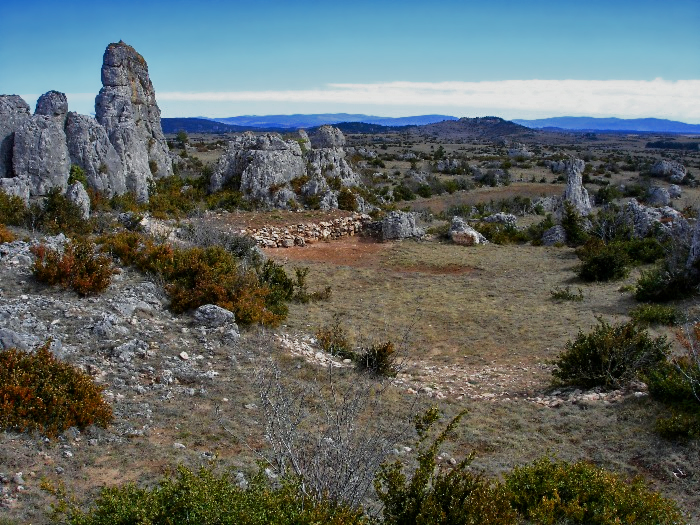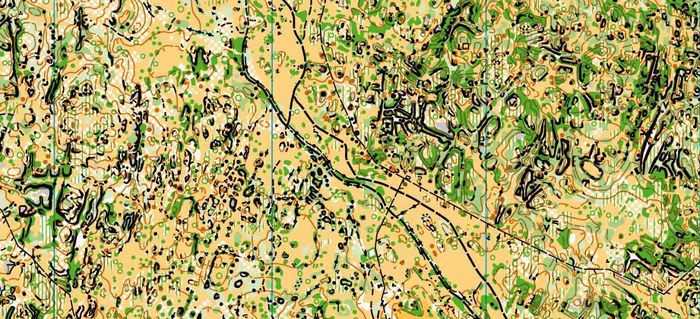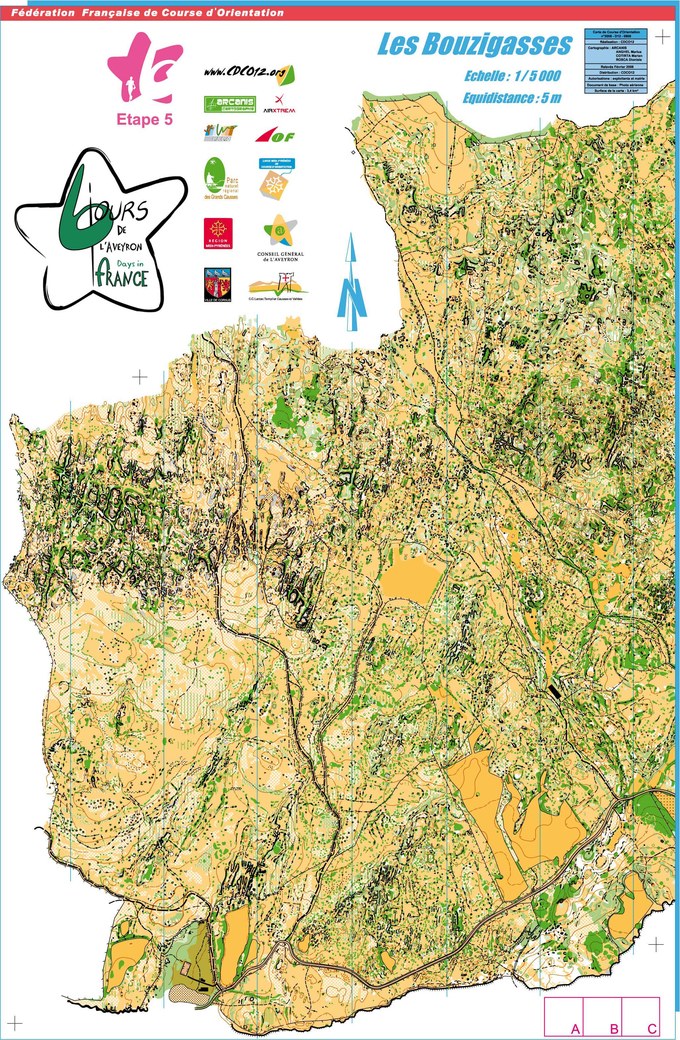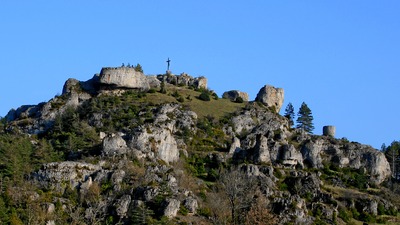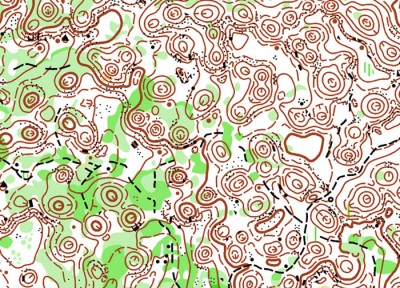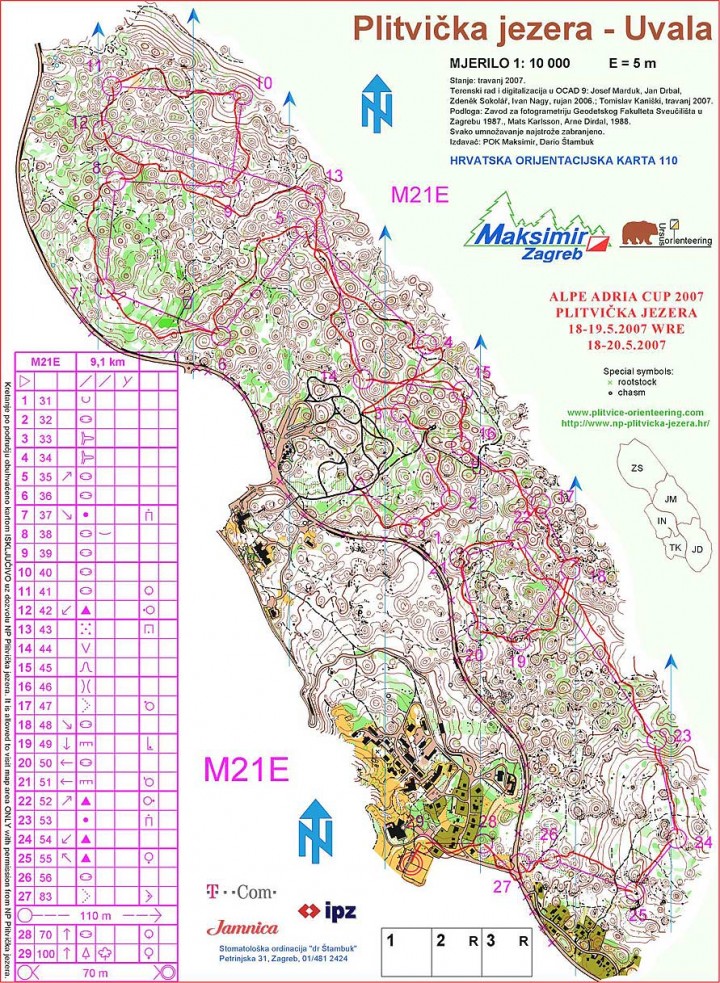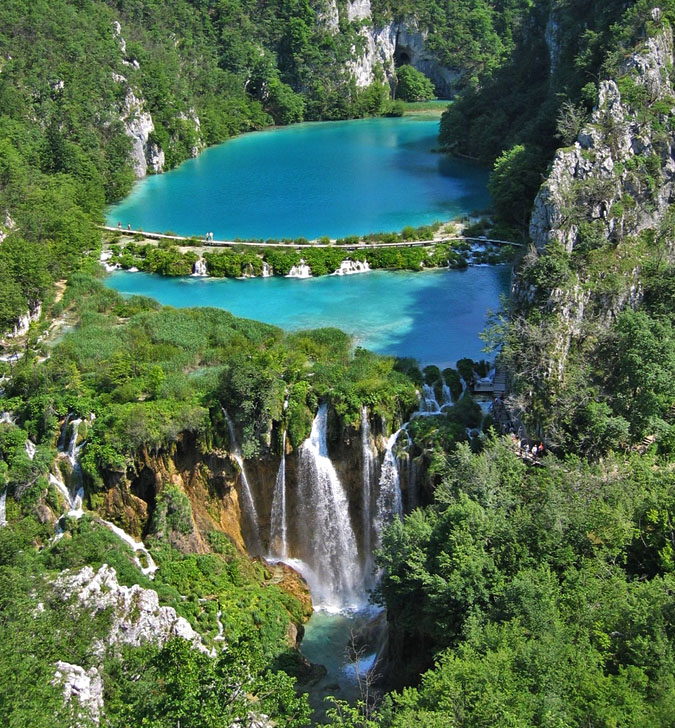Irbene
Classified as top secret military radio spying center by the ex-soviet army, the Irbene area opened up to the wide public only in the 90’s, after Latvia gained independence. Perhaps that is one of the reasons why this great orienteering terrain waited so many years to be mapped.
Varying terrain
As a matter of fact, it was not before EOC 2008 that this area was used for the first time. One of the best Baltic mappers Leonids Malankovs, equipped with the laser scanning data, created a masterpiece which served as a base for one of the technically most interesting Long courses in the last years of international championships. The top runners’ comments all seemed to agree in one thing – the race was truly difficult. Eva Jurenikova for example wrote on her blog: “The long final yesterday was one of the technically most demanding long distance races I have ever run.” And she has run many. In the Orienteering achievement of 2009 interview Swiss multiple World Champion Daniel Hubmann said that the Irbene map is one of his favorites.
The often pointed out fact about this map is that it contains several different terrain types, each of which requires different orienteering technique and running speed. Parts of very runnable forest are exchanging with low visibility green areas, where extra care is needed. Sand dune forms are exchanging from very dense and intricate to rather straightforward features. A big portion of the map is covered by marshes, sometimes quite deep ones, which can slow running severely and can therefore be used as route choice “obstacles”. Interestingly, in the western part of the map there even exists a Sahara-like section, pure open sandy area.
More than just orienteering
In the western part of the map there is an interesting Radio Telescope, one of the Europe’s few of the kind (supposedly there are about about 30). Telescope’s “32-metre, fully steerable parabolic, centimetre-wave range antenna (RT-32)” is nowadays used mainly for cosmic observations by VIRAC. According to online information it was built by the Russian navy for spying purposes during the Cold war and was kept secret until 1993. Close to the antenna there is an abandoned military village. Guided tours in the area are possible.
Photo by slayerphoto
Why should you run on this map before you die?
So why did we choose this map as a candidate for 101 Orienteering Maps you should run on before you die? There are many nice sand dune areas but we decided to present this one first for its diversity. The Europan Orienteering Championship was organized here. “City of ghosts” and the radio telescope are interesting points to see.
| Map: | Irbene |
|---|---|
| Scale: | 1: 10000 & 1:15000 |
| Equidistance: | 2,5 m |
| Year: | 2008 |
| Size of map: | cca. 8,5 km2 |
| Mappers: | Field work: Leonids Malankovs |
| Terrain type: | Sand dunes with different levels of intricacy, many marshes, some open “desert like” parts. |
| Estimated top speed: | 5.5 min/km |
| Interesting points: | Technically very interesting map, providing different terrain types and therefore different skills. Interesting radar and “ghost city” from Soviet times are on the map. Close to sea. |
| Links of interest: | EOC 2008, Latvian orienteering federation, VIRAC, Wikipedia entry on VIRAC, photos of abandoned village and radar., Irbene map on Worldofo maps, Daniel Hubmann’s route from EOC 2008 on the Irbene map |
| Events on map: | EOC 2008, KAPA 3 days. |
| Country: | Latvia |
| Location: |
Discussion
Please note that the map being presented in this article does not necessarily mean that it will also be included in the final selection of the 101 maps – and in the paper book. It only means it is currently on our candidate list.
There will probably be a few sand dune maps on the final list. And also maybe even more than one map from Latvia. For example, we are also thinking about the Liepaja map. Do you think the Irbene map should be on the final list? Have you ran in this terrain? What was your experience? Do you know about some similar even more interesting areas?
Thanks
Thanks to Anatolijs Tarasovs and Mārtiņš Līsmanis for help with the article!

